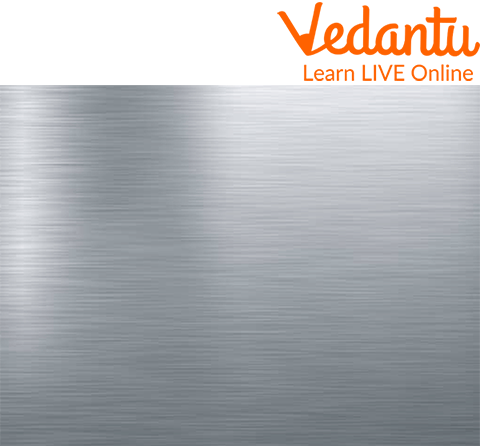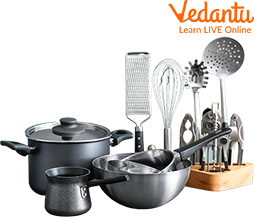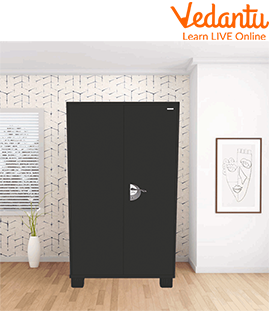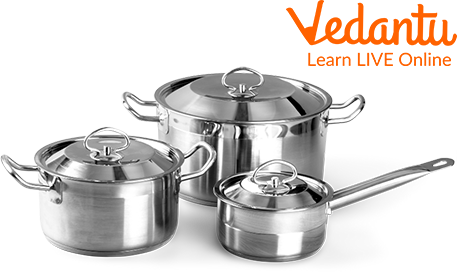




Overview of Steel
Steel, an iron and carbon alloy with a maximum carbon content of 2% (with a higher carbon content, the material is defined as cast iron). It is by far the material that is utilised the most in the construction of the world's industries and infrastructure, and it is used to create everything from oil tankers to sewing needles. Steel things are also used in the construction and manufacturing tools needed to create these items. There are many things to know about steel which are discussed in the following article. In this article, we are going to learn about steel things in detail. What makes steel an appropriate metal for use, we will also discuss this in the article.

Steel
Things Made from Steel
Steel is everywhere. The abundance of its two basic materials (iron ore and scrap), relatively low cost of production, forming, and processing, and unmatched variety of mechanical qualities of steel are the primary drivers of its appeal. As a result of being covered in other materials like paint, plastic, concrete, or other metals, it is frequently not apparent. Examples of steel things name include the following:
Buildings: Mounting brackets, steel beams, metal roofing, and reinforcing steel.
Automobiles, trucks, trains, and bicycles are examples of vehicles.
Infrastructure includes fences, bridges, high-voltage pylons, steel barriers for road safety, and railways.
Art and design include jewellery and sculptures.
Press tools, cylinder blocks, lathes, saws, and drills are examples of machines and tools.
Industry: rushers, drills, overhead cranes, machineries, pipelines, rollers, and equipment.
Medicine: surgical pins, hip implants, suture needles, and scalpels (lancets).
Paper clips, scissors, kitchen sink cabinets, radiators, cutlery, saucepans, emergency stairways, home appliances, sporting goods, and computers are items that are used frequently. These are some of the things made of steel used at home.

Utensils Made of Steel
Which Things are Made of Steel?
Steel is often utilised in home storage for items like steel shelving systems and cabinets. Steel is able to withstand both huge loads and extreme temperatures while remaining secure.

Almirah Made of Steel
Utensils made of Stainless Steel. As you are probably already aware, stainless steel is mostly used to make the silverware and utensils we use on a daily basis. These utensils are of a great use, they are reusable and they are widely used at home and other places. Due to the combination of chromium and nickel used in its manufacture, stainless steel is an extraordinarily robust and durable material that won't corrode or stain.

Stainless Steel Utensils
On average, steel makes up 50% of a car. The body, doors, motors, suspension, and interiors of the majority of automobiles are made primarily of steel. This is due to the fact that steel is a malleable substance that can be formed into the shapes required to produce pieces like the chassis and body panels. Additionally, steel can be poured into moulds, allowed to cool, and then formed into shapes like engine blocks that are simple to weld together. There are many other steel things name which are not listed here but you can definitely find them at your home, school, play ground and everywhere.
Steel is used to make a lot of the fasteners and hinges you'll see around your house. Due to its increased resistance to rust and corrosion as well as its capacity to tolerate extremely high temperatures, stainless steel is a fantastic option.
Summary
In this article, we learned that steel is a strong metal that is used to create a wide variety of goods. Steel is used to make a variety of items, including containers, bridges, building frames, and car bodies. We also learned that steel is made up of Iron and a little carbon. Iron is inferior to steel in many aspects, though. Compared to iron, steel is lighter and stronger. In addition, steel lasts longer than iron. Through this article, we got to know about various uses of steel and why steel is considered better than iron. Steel does nor corrode like iron, this property of steel makes it the best of alloys. I hope this article is beneficial for you. In case of any queries, feel free to ask in the comments.
FAQs on Steel Things
1. What is steel, and what is it made from?
Steel is a very strong metal that we use to make many things. It is not a natural material found in the ground like rocks. Steel is a man-made material, which means people make it. It is an alloy, which is a mix of metals. The main ingredients are iron and a small amount of carbon. Adding carbon to iron is what makes steel much stronger and more useful than iron by itself.
2. What are some common things made of steel that we see every day?
Steel is used all around us because it is so strong and durable. You can find many steel items at home, in school, and outside. Some common examples include:
- In the Kitchen: Spoons, forks, knives, plates, bowls, and cooking pots.
- At Home: Keys, safety pins, almirahs, and the frame of a sturdy table or chair.
- For Transport: The bodies of cars, buses, and trains, as well as bicycle frames.
- In Construction: Rods inside buildings and bridges to make them strong, and large metal sheets for roofing.
3. Can you list some steel items commonly found in a kitchen?
The kitchen is one of the best places to find examples of steel things. This is because kitchen items need to be strong, easy to clean, and not rust easily. Common steel items in the kitchen include utensils like spoons, forks, and knives; cookware like pots, pans, and pressure cookers; and appliances like the inside of a microwave, a toaster, or a refrigerator door. You will also find steel sinks, water taps, and storage containers.
4. Why is steel used so much for making big structures like buildings and bridges?
Steel is the top choice for large construction projects like buildings, bridges, and railway tracks for two main reasons: its strength and durability. Steel can support enormous weight without bending or breaking, which is essential for a tall building or a long bridge. It is also very durable, meaning it can last for many years and withstand harsh weather conditions. This combination of strength and long life makes it a very reliable and safe material for building things that need to last.
5. Is steel a natural material like wood, or is it man-made?
Steel is a man-made material. Unlike natural materials like wood from trees or cotton from plants, steel does not exist in nature on its own. It is created in large factories called steel plants. People take a natural element, iron ore, from the ground, process it to get iron, and then mix it with carbon under great heat. This process creates the strong and useful alloy we know as steel.
6. Why don't stainless steel utensils rust, but an old iron nail does?
This is a great observation! The main reason is because of a special ingredient. While regular steel is mostly iron and carbon, stainless steel has another metal called chromium added to the mix. This chromium creates a very thin, invisible, and protective layer on the surface. This layer stops air and water from reaching the iron inside, which prevents rust from forming. An old iron nail doesn't have this protective chromium layer, so it rusts easily when it gets wet.
7. What is the difference between iron and steel?
The main difference between iron and steel is their composition and properties. Iron is a chemical element found in nature as ore. It is strong, but can be brittle and rusts very easily. Steel, on the other hand, is an alloy made by adding carbon to iron. This addition makes steel significantly stronger, more resistant to breaking, and more versatile. Special types of steel, like stainless steel, are also made to be highly resistant to rust.









